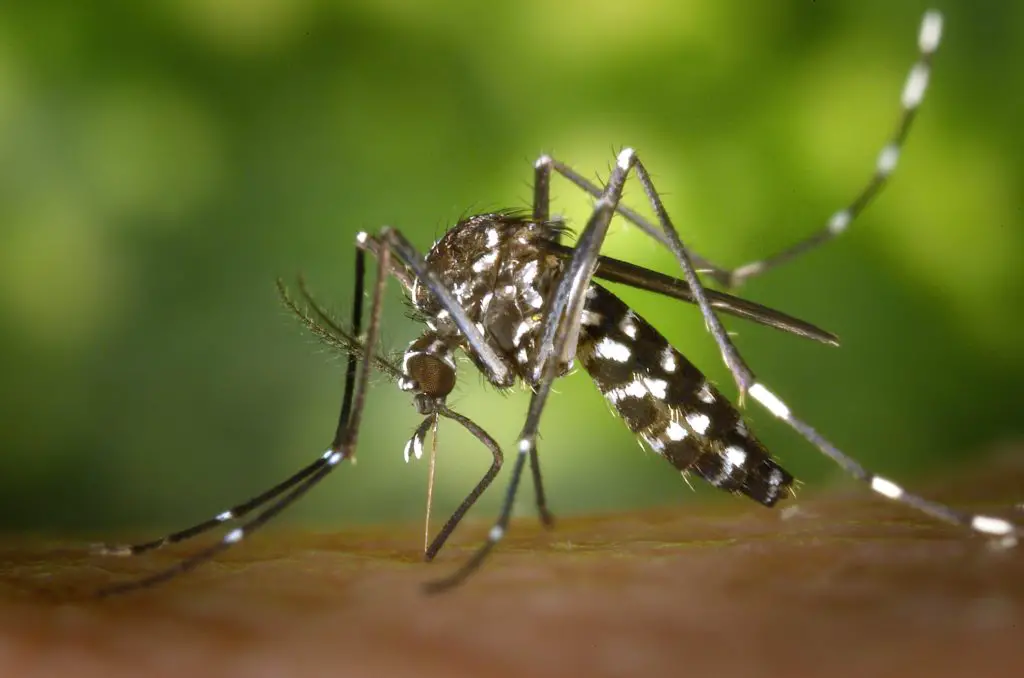Esophageal atresia is a digestive disorder in which the esophagus does not develop properly. The esophagus is the tube that normally carries food from the mouth to the stomach.
Causes
Esophageal atresia (EA) is a congenital defect. This means it occurs before birth. There are several types. In most cases, the upper esophagus ends and does not connect with the lower esophagus and stomach.
Most infants with EA have another defect called tracheoesophageal fistula (TEF). This is an abnormal connection between the esophagus and the windpipe (trachea).
In addition, infants with EA/TEF often have tracheomalacia. This is a weakness and floppiness of the walls of the windpipe, which can cause breathing to sound high-pitched or noisy.
Some babies with EA/TEF have other defects as well, most commonly heart defects.
Symptoms
Symptoms of EA may include:
- Bluish coloration to the skin (cyanosis) with attempted feeding
- Coughing, gagging, and choking with attempted feeding
- Drooling
- Poor feeding
Exams and Tests
Before birth, a mother’s ultrasound may show too much amniotic fluid. This can be a sign of EA or other blockage of the baby’s digestive tract.
The disorder is usually detected shortly after birth when the infant tries to feed and then coughs, chokes, and turns blue. If EA is suspected, the health care provider will try to pass a small feeding tube through the infant’s mouth or nose into the stomach. If the feeding tube can’t pass all the way to the stomach, the infant will likely be diagnosed with EA.
An x-ray is then done and will show any of the following:
- An air-filled pouch in the esophagus.
- Air in the stomach and intestine.
- A feeding tube will appear coiled in the upper esophagus if it was inserted before the x-ray.
Treatment
EA is a surgical emergency. Surgery to repair the esophagus is done as soon as possible after birth so that the lungs are not damaged and the baby can be fed.
Before the surgery, the baby is not fed by mouth and will need intravenous (IV) nutrition. Care is taken to prevent the travel of breathing secretions into the lungs.
Prognosis
An early diagnosis gives a better chance of a good outcome.
Possible Complications
The infant may breathe saliva and other fluids into the lungs, causing aspiration pneumonia, choking, and possibly death.
Other complications may include:
- Feeding problems
- Reflux (the repeated bringing up of food from the stomach) after surgery
- Narrowing (stricture) of the esophagus due to scarring from surgery
Prematurity may complicate the condition. As noted above, there may also be defects in other areas of the body.
When to Contact a Medical Professional
This disorder is usually diagnosed shortly after birth.
Call your baby’s provider right away if the baby vomits repeatedly after feedings, or if the baby develops breathing difficulties.
References
Madanick R, Orlando RC. Anatomy, histology, embryology, and developmental anomalies of the esophagus. In: Feldman M, Friedman LS, Brandt LJ, eds. Sleisenger and Fordtran’s Gastrointestinal and Liver Disease: Pathophysiology/Diagnosis/Management. 10th ed. Philadelphia, PA: Elsevier Saunders; 2016:chap 42.
Rothenberg SS. Esophageal atresia and tracheoesophageal fistula malformations. In: Holcomb GW, Murphy JP, St. Peter SD, eds. Holcomb and Ashcraft’s Pediatric Surgery. 7th ed. Philadelphia, PA: Elsevier Saunders; 2020:chap 27.
Wolf RB. Abdominal imaging. In: Resnik R, Lockwood CJ, Moore TR, Greene MF, Copel JA, Silver RM, eds. Creasy and Resnik’s Maternal-Fetal Medicine: Principles and Practice. 8th ed. Philadelphia, PA: Elsevier Saunders; 2019:chap 26.









